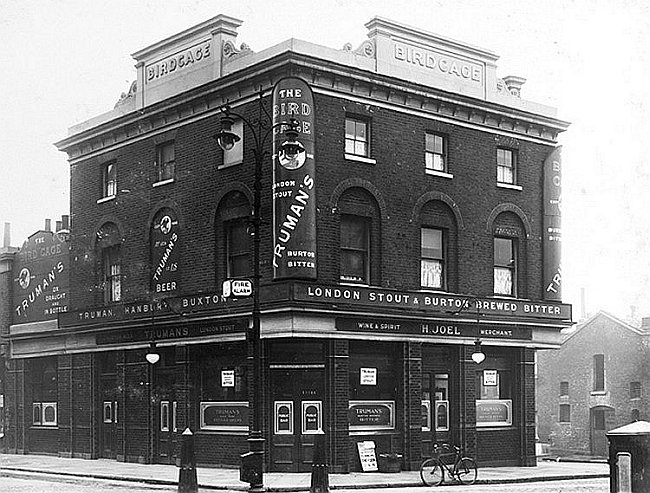Bethnal Green Huguenot culture, with its mathematical, history, recitation, musical, entomological, floricultural, and columbarian societies, survived into the 19th century. As the middle classes moved away, there was a decline in the more intellectual interests but gardening and
birds remained popular well into the 20th century. Two birdcages were among possessions listed in 1764, shortly after the appearance of the Birdcage alehouse (probably formerly the King& #39;s Head), from which Birdcage Walk took its name. The heyday of the weavers& #39; societies was
1800-26, when bird fancying and breeding canaries were widespread. Visitors mentioned aviaries c. 1841 and the matches between singing birds in the taverns around Hare Street c. 1874. Wooden structures were built on roofs to house racing pigeons. Bird-singing and racing were
among the activities centred on public houses around Hague Street in 1884, usually held on Sundays. The pigeon lofts survived, together with poultry and rabbits in back yards, into the 1950s. One of the best poultry clubs in the country was said to have met at Bethnal Green men& #39;s
institute in the 1930s.The one area of continuing intellectual interest to weavers and other craftsmen, especially shoemakers, was that of radical politics and religion. Alehouses, headquarters in the 1760s of rioting weavers, organized along club lines as the Bold Defiance,

 Read on Twitter
Read on Twitter


